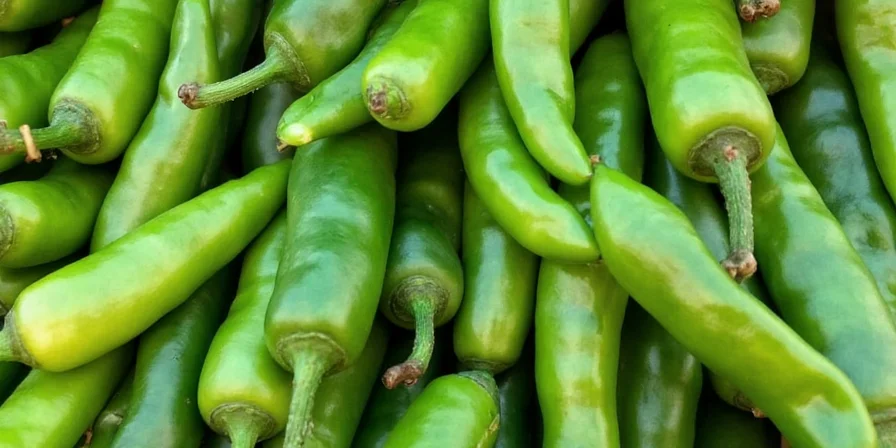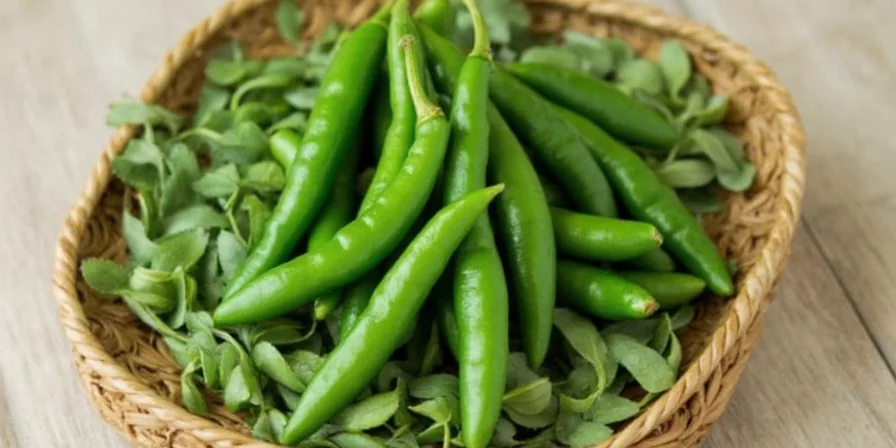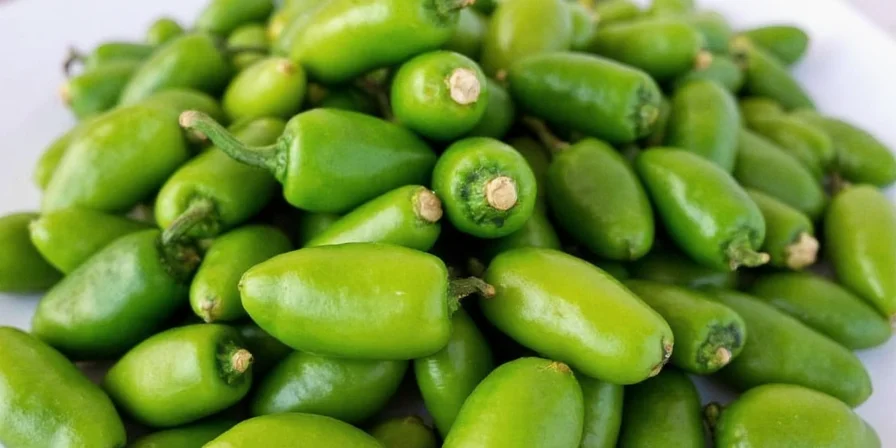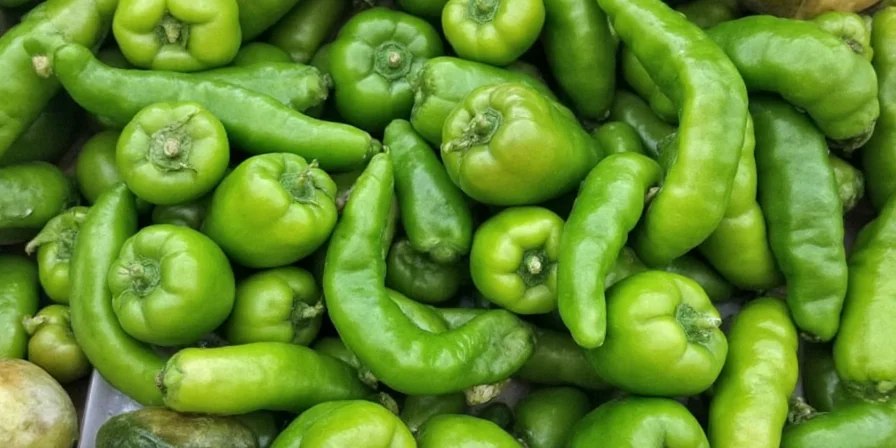Turkish Green Pepper: From Garden to Grill – 10 Sizzling Tips & Tricks You Need to Know!
Table of Contents
- Introduction: The Peppery Secret Behind Turkish Flavor
- A Taste of History: Where Did Turkish Green Pepper Come From?
- Culinary Magic: How It’s Used in Turkish Cuisine
- Growing Your Own: Tips for Cultivating Turkish Green Peppers
- 10 Must-Try Tips and Tricks with Turkish Green Pepper
- Green vs. Red: A Spicy Showdown
- How to Store and Preserve the Zing
- Health Benefits You Might Not Have Known
- Spice Up Your Kitchen: Easy Recipes to Try
- Conclusion: Embrace the Heat and Flavor of Turkish Green Pepper
Introduction: The Peppery Secret Behind Turkish Flavor
If you've ever tasted a traditional Turkish kebab or sipped on a smoky eggplant dip, there's a good chance that Turkish green pepper played a silent but crucial role in delivering that unforgettable flavor.
Known locally as yeşil biber, this versatile vegetable (yes, technically it's a fruit!) is more than just a garnish — it’s a staple ingredient in Turkish kitchens and street food stalls alike.

A Taste of History: Where Did Turkish Green Pepper Come From?
The origins of the green bell pepper trace back to Central and South America, where indigenous peoples cultivated various forms of capsicum long before European explorers brought them to Europe and Asia.
By the 16th century, Turkish traders had introduced these peppers into Anatolia. Over time, local farmers selectively bred varieties that thrived in Turkey's unique climate — giving rise to what we now know as the Turkish green pepper.

Culinary Magic: How It’s Used in Turkish Cuisine
In Turkey, the green pepper isn’t just an ingredient — it’s a lifestyle. Here are some classic uses:
- Dolma: Stuffed with rice, herbs, and sometimes meat.
- Börek: Chopped and mixed into savory pastries.
- Kebabs: Skewered alongside lamb or chicken for grilling.
- Meze Platters: Pickled or roasted as part of a cold appetizer spread.
- Soups & Stews: Adds a subtle crunch and earthy sweetness.

Growing Your Own: Tips for Cultivating Turkish Green Peppers
If you're feeling adventurous and want to grow your own Turkish green peppers, here’s how to do it like a pro:
- Climate: Warm and sunny — think Mediterranean vibes.
- Soil: Well-drained with a bit of compost.
- Watering: Regular but not soggy — peppers hate wet feet!
- Harvest Time: Pick when bright green; they’ll turn red if left too long.
- Pest Control: Keep an eye out for aphids and spider mites.

10 Must-Try Tips and Tricks with Turkish Green Pepper
- Roast Them! Pop under the broiler until charred, then peel and toss in olive oil.
- Grill Like a Pro Toss whole peppers in oil and salt, grill until blistered.
- Make Biber Salçası Blend roasted peppers with garlic and olive oil for a paste.
- Freeze for Later Wash and freeze whole — they’re easy to peel later.
- Add to Eggs Scrambled eggs get a fresh twist with diced green peppers.
- Pickling Power Slice and pickle in vinegar for a tangy meze addition.
- Mix Into Rice Dishes Boost flavor in pilafs and stuffed dishes.
- Pair With Yogurt Think tzatziki, but with Turkish flair.
- Stuffed Peppers Are Life Stuff with lentils, quinoa, or minced meat and bake.
- Don’t Skip the Seeds For a little extra heat (but remove if preferred mild).

Green vs. Red: A Spicy Showdown
| Feature | Turkish Green Pepper | Red Pepper |
|---|---|---|
| Maturity | Younger, unripe | Ripe, matured longer |
| Flavor | Grassy, slightly bitter | Sweeter, more complex |
| Texture | Firm, crisp | Soft, tender |
| Nutrients | Higher in chlorophyll | More beta-carotene and lycopene |
| Best Use | Roasting, stuffing, pickling | Blending into sauces or purees |

How to Store and Preserve the Zing
You don’t have to eat all your peppers right away! Here’s how to keep them fresh or preserve them for months:
- Fridge Storage: Place in a plastic bag in the crisper drawer — up to 1 week.
- Freezing: Clean, dry, and freeze whole — no blanching needed.
- Drying: Thread and hang in sun or use a dehydrator; store as dried flakes.
- Pickling: Submerge in spiced vinegar brine for up to 3 months.
- Making Paste Blend roasted peppers with olive oil and garlic — refrigerate or freeze.

Health Benefits You Might Not Have Known
Beyond flavor, Turkish green peppers offer a surprising array of health benefits:
- Vitamin C Boost — More than oranges!
- Low Calorie — Perfect for guilt-free snacking.
- Antioxidant Powerhouse — Fights free radicals and inflammation.
- Eye Health — Rich in lutein and zeaxanthin.
- Heart Friendly — High in fiber and potassium.

Spice Up Your Kitchen: Easy Recipes to Try
Ready to cook? Here are three quick ideas:
1. Turkish Grilled Pepper Salad (Biber Salatası)
- Ingredients:
- – 4 Turkish green peppers
- – 2 cloves garlic, minced
- – Juice of 1 lemon
- – 3 tbsp olive oil
- – Salt & pepper to taste
Instructions: Roast peppers under broiler, peel, slice, and mix with remaining ingredients. Chill and serve with bread or grilled meat.
2. Dolma Style Stuffed Peppers
- Ingredients:
- – 6 peppers
- – 1 cup rice
- – 1 onion, finely chopped
- – 1 tomato, grated
- – Olive oil, salt, pepper, dill, mint
Stuff hollowed peppers with rice mixture, place upright in pot, cover with water, and simmer gently for 40 minutes.
3. Pepper & Egg Scramble (Sahanda Yumurta)
- Ingredients:
- – 2 green peppers, chopped
- – 4 eggs
- – 2 tbsp butter
- – Cheese, optional
- – Salt & paprika
Sauté peppers in butter until soft, pour in beaten eggs, scramble together, and season. Serve hot with toast.

Conclusion: Embrace the Heat and Flavor of Turkish Green Pepper
From garden beds to gourmet plates, the Turkish green pepper has earned its place as a culinary gem. Whether you're roasting, grilling, or stuffing, this humble veggie adds depth, color, and complexity to your meals.
So next time you’re at the market or planning your garden, don’t overlook the beauty and versatility of the Turkish green pepper. It might just be the secret ingredient your kitchen has been missing.












 浙公网安备
33010002000092号
浙公网安备
33010002000092号 浙B2-20120091-4
浙B2-20120091-4